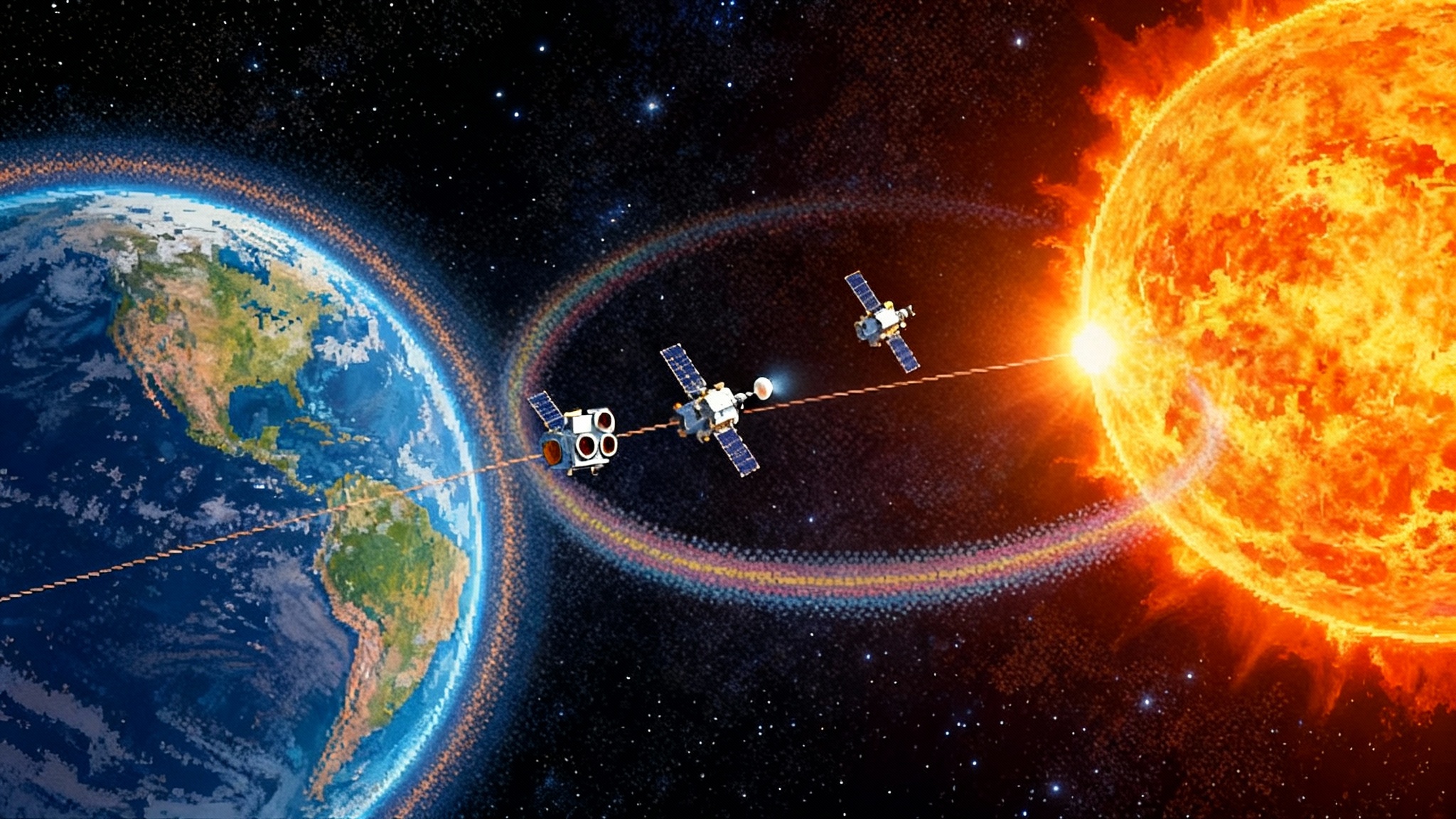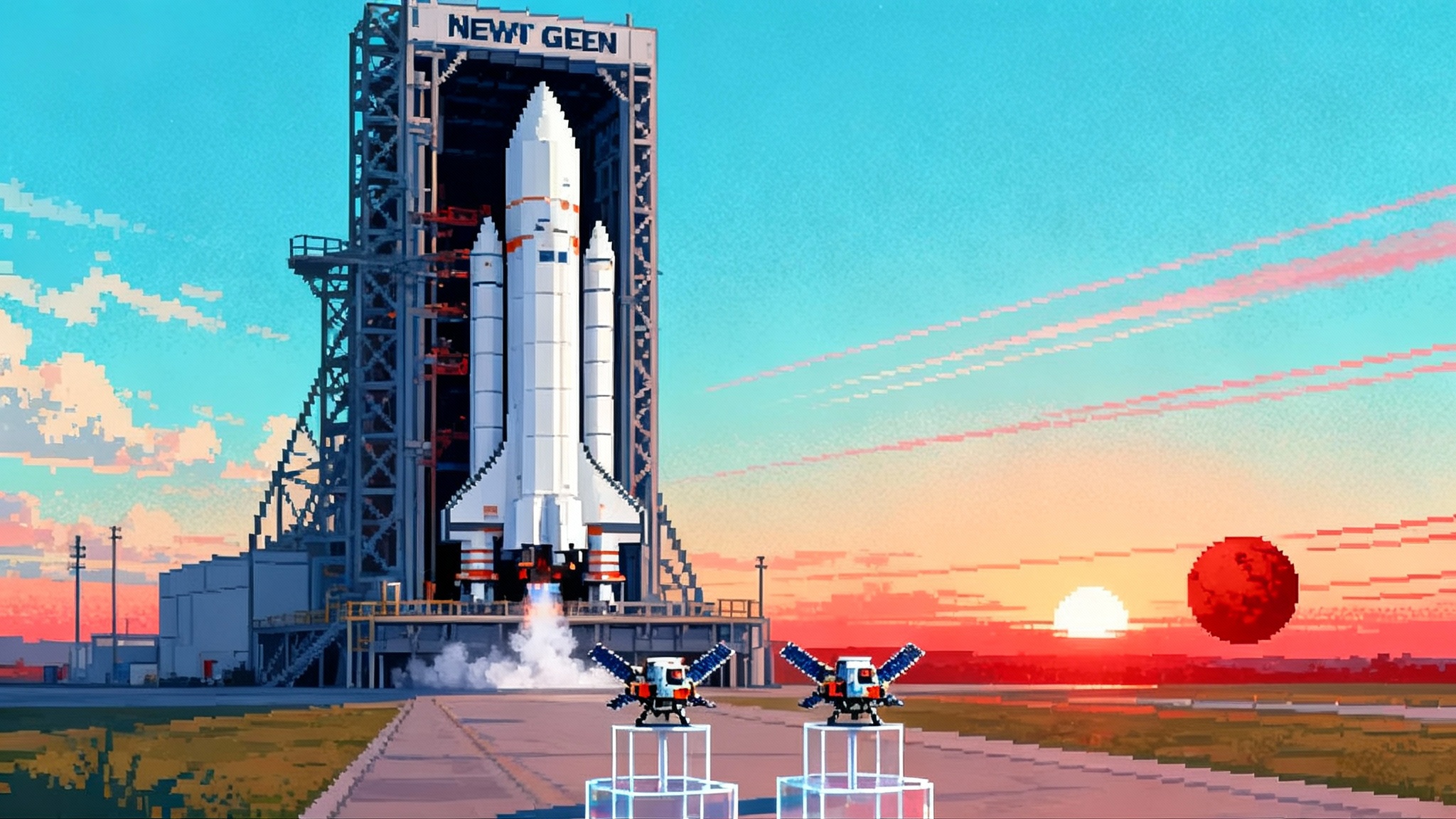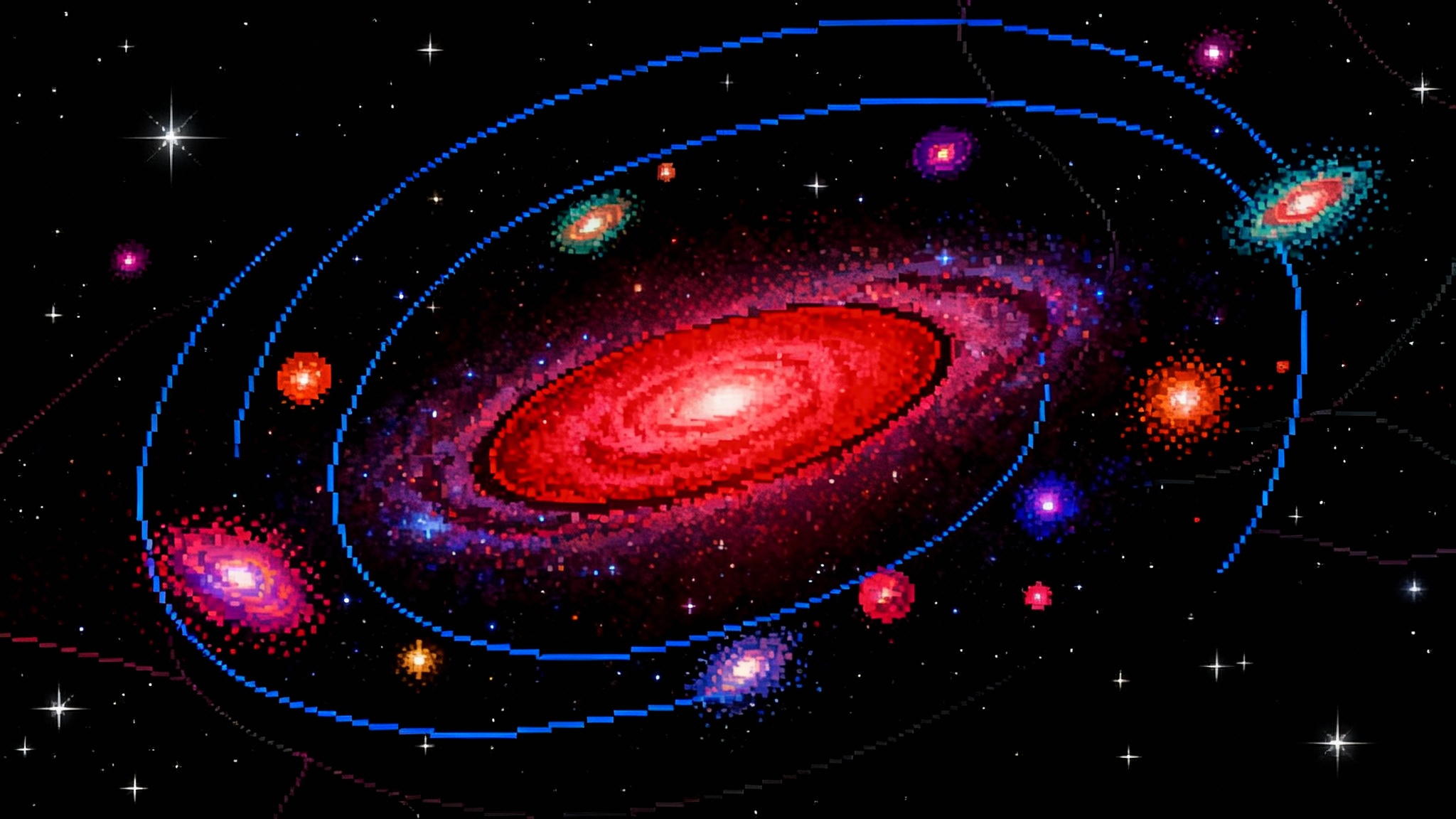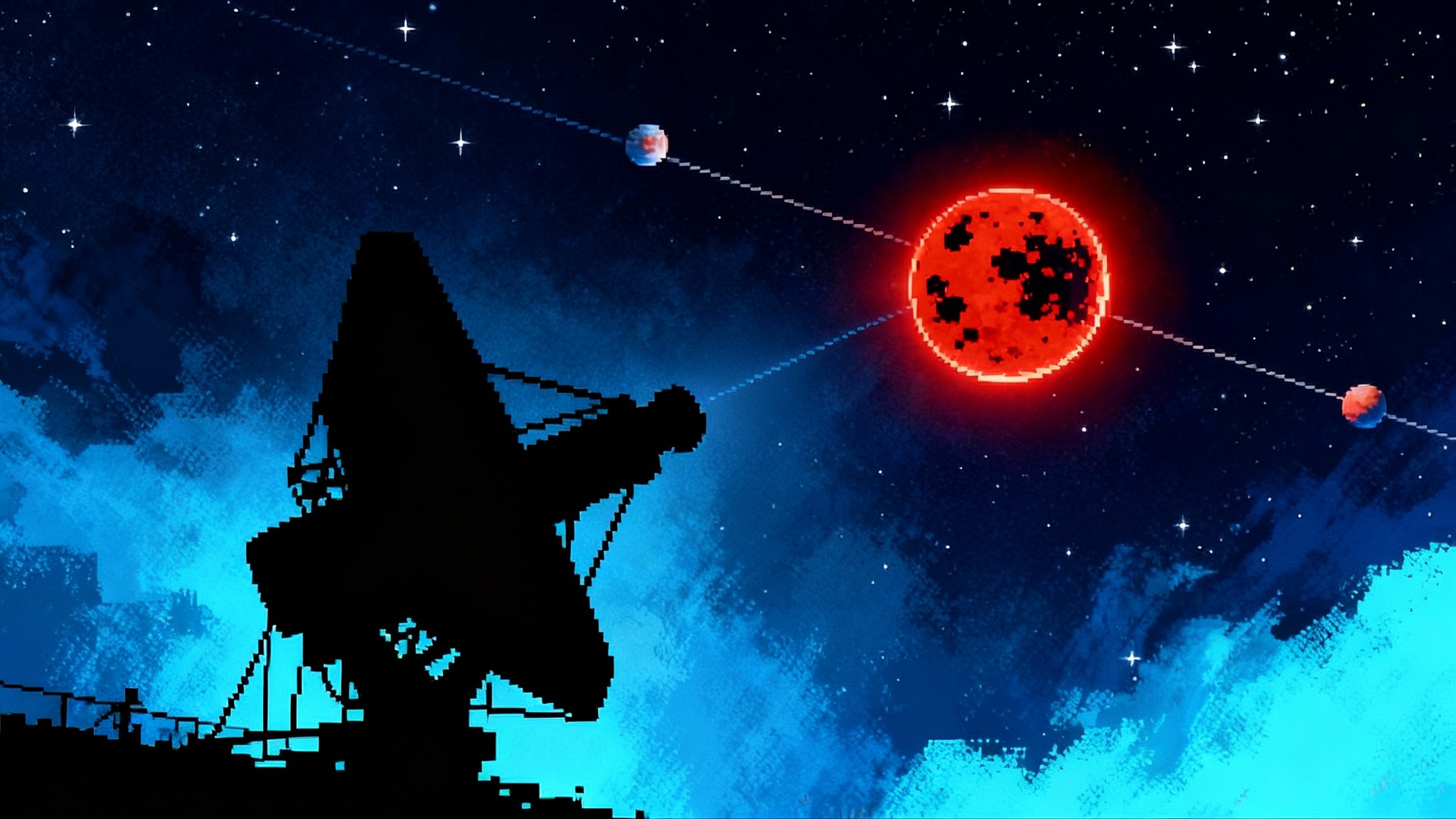IMAP at L1: why tomorrow’s launch reshapes exploration
IMAP, SWFO-L1, and Carruthers are heading to the Sun-Earth L1 point to map the heliosphere, modernize space-weather watch, and protect crews, satellites, and grids.

Launch day at L1: a new frontline for space weather
On September 24, 2025, a Falcon 9 is scheduled to send three heliophysics missions toward the Sun-Earth L1 point, a gravitationally stable perch about 1.5 million kilometers sunward of Earth. Sharing the ride are NASA’s Interstellar Mapping and Acceleration Probe, NOAA’s Space Weather Follow-On L1 observatory, and NASA’s Carruthers Geocorona Observatory. The timing lands near solar maximum, when frequent flares and coronal mass ejections provide a natural laboratory. NASA has outlined the plan and early coverage in its launch coverage plan, highlighting how these craft will form a refreshed backbone for both research and operations.
Why this trio matters right now
- IMAP will map the heliosphere’s boundary and untangle how particles get accelerated across the solar system.
- SWFO-L1 will deliver real-time solar wind and coronagraph data that forecasters depend on for storm warnings.
- Carruthers will image Earth’s hydrogen halo to improve models of drag, radiation sources, and ultraviolet backgrounds.
IMAP: the mapmaker at the heliosphere’s frontier
IMAP is a science mission with a practical streak. The heliosphere is the bubble carved by the solar wind inside the interstellar medium. At its outer layers, charge exchange creates energetic neutral atoms that carry clues about conditions far beyond Earth. IMAP’s ten instruments combine global ENA imaging with detailed in-situ sampling of ions and electrons across energies and compositions. The mission’s dual goals are laid out in NASA’s IMAP science overview.
IMAP’s science drivers fall into two buckets that directly support exploration:
- Global structure. Earlier work, notably from IBEX, revealed a mysterious ENA ribbon that traces how the interstellar magnetic field drapes over the heliosphere. IMAP will revisit that puzzle with sharper resolution, broader energy coverage, and faster cadence to track how the ribbon and boundary evolve through solar maximum.
- Particle acceleration. Shocks from coronal mass ejections and corotating interaction regions can fling particles to high energies. IMAP’s sensors are tuned to isolate the seed populations and pinpoint where and when acceleration happens, setting bounds for the radiation environments crews and spacecraft will face.
SWFO-L1: taking the watch for real-time space weather
Where IMAP leans toward discovery, NOAA’s SWFO-L1 is about continuity. Its in-situ sensors will continuously measure solar wind speed, density, temperature, and magnetic field, with special attention to the north-south component Bz that governs geomagnetic storm risk. Minutes to tens of minutes of notice from L1 can be the difference between routine operations and costly anomalies.
SWFO-L1 also carries a compact coronagraph to detect and time CMEs as they leave the Sun. Combined with solar wind models, these inputs sharpen arrival estimates at Earth, allowing forecast centers to upgrade advisories with better lead time and confidence.
Carruthers: watching Earth’s vast hydrogen halo
The geocorona is the wispy outermost layer of Earth’s atmosphere, a cloud of hydrogen that stretches beyond the Moon’s orbit and glows in Lyman alpha. Carruthers is designed to image that glow with sensitivity and cadence suited to space weather. Results will refine models of pickup-ion sources, satellite drag during storms, and ultraviolet backgrounds that calibrate heliophysics imagers.
What this means for exploration and industry
Space weather is not an abstraction. It affects astronauts, satellites, and ground systems.
-
Crew safety for Artemis and Gateway. Early alerts of solar energetic particle events let crews move to storm shelters and reconfigure systems. IMAP’s physics-based insights feed probabilistic risk models, while SWFO-L1’s real-time data improves alert confidence. For broader lunar operations, see how Blue Moon MK1 will ferry VIPER to the south pole and why resilient timelines matter.
-
Satellite resilience across orbits. Operators can preempt charging, single-event upsets, and density spikes in low Earth orbit by acting on improved forecasts. Autonomy pipelines benefit too, with fewer unnecessary maneuvers and safer conjunction management. Deep-space missions that rely on robust comms, like the milestone 218 million mile laser link to Mars, also gain from better radiation and outage planning.
-
Grid reliability and ground systems. Geomagnetically induced currents can saturate transformers and trip protective relays. Utilities already act on alerts; better lead times reduce both exposure and unnecessary downtime. Aviation and HF users on polar routes similarly benefit from earlier, more accurate blackout advisories.
-
Mission design for the decade ahead. Long cruises to Mars or Venus must thread changing heliospheric conditions. IMAP’s global maps will recalibrate background and transient risks, informing shielding and operations. For a view of how new launch capabilities shift the playbook, see our look at two Mars probes and New Glenn.
The first 90 days: what to watch
The ride to L1 and commissioning follow a familiar choreography. Key milestones:
Days 0 to 2: separation and first light steps
- Spacecraft separate, arrays deploy, and teams verify power and thermal margins.
- Expect nominal ops confirmations within hours and early health reports within the first two days.
Days 3 to 21: cruise and instrument wake-up
- Midcourse maneuvers clean up trajectory to L1.
- IMAP begins powering subsystems and calibrating particle detectors.
- SWFO-L1 starts feeding test data through operational pipelines and validates latency and time tagging.
- Carruthers begins initial imaging sequences and background calibrations.
Days 21 to 45: halo orbit insertion and first products
- The trio executes halo orbit insertion at L1.
- SWFO-L1 targets early operational status with public quick-look solar wind plots and coronagraph images once data paths are certified.
- IMAP opens additional covers and starts initial ENA sky scans for pointing and background checks.
Days 45 to 90: cross-calibration and validation
- IMAP’s all-sky ENA mosaics and in-situ spectra sharpen as scan strategies converge.
- SWFO-L1 cross-calibrates with any remaining L1 assets, then begins driving CME detections into forecast models.
- Carruthers delivers the first geocoronal time series, including responses during minor disturbances.
Watch for three early headlines: SWFO-L1’s operational declaration, the first IMAP ENA all-sky mosaic, and the first geocorona movie that spans a storm.
Building a resilient Sun-Earth observatory
The strength of this launch is the coordinated system it enables. Context is everything: coronagraph images reveal CME geometry and speed, L1 in-situ sensors capture shocks and magnetic fields, and global imagers show how particles respond across the heliosphere. Together with ongoing missions like Parker Solar Probe, Solar Orbiter, and major ground observatories, this L1 team stitches together the big picture that operations demand and science thrives on.
The bottom line
This is more than a routine rideshare. It is a deliberate investment in tools that keep astronauts safe, protect critical hardware, and answer deep questions about our place in the galaxy. IMAP will map the heliosphere’s boundary and decode particle engines. SWFO-L1 will modernize real-time watch at L1. Carruthers will reveal how Earth’s hydrogen halo waxes and wanes with solar activity. Taken together, they set the stage for a decade when exploration and resilience move in lockstep.








